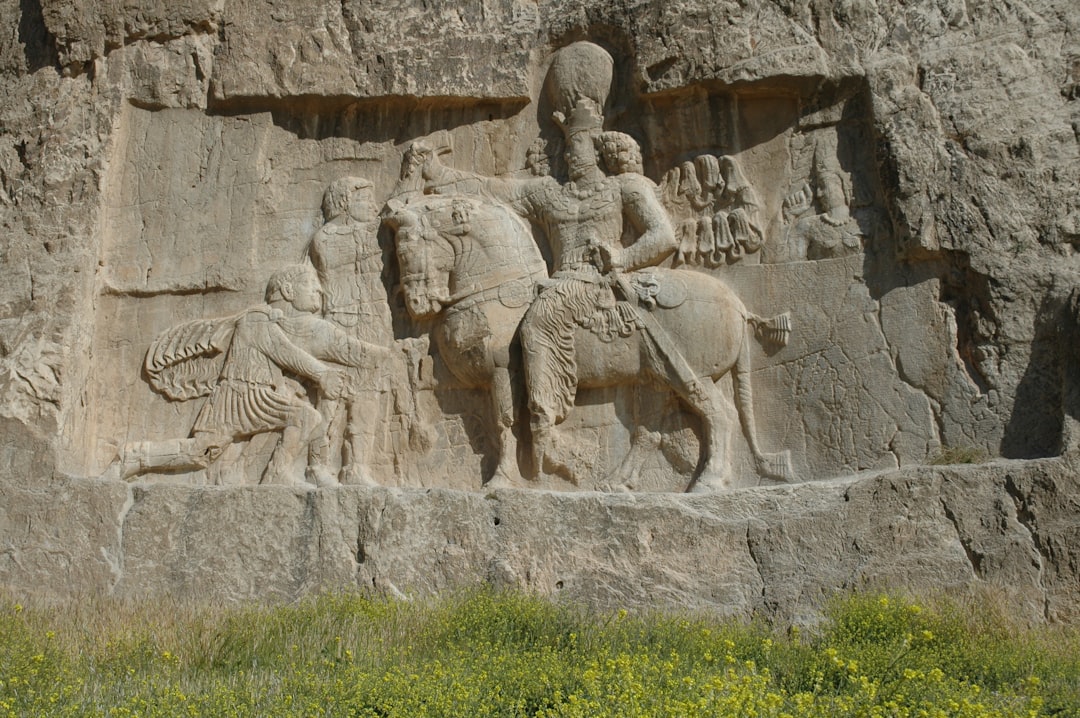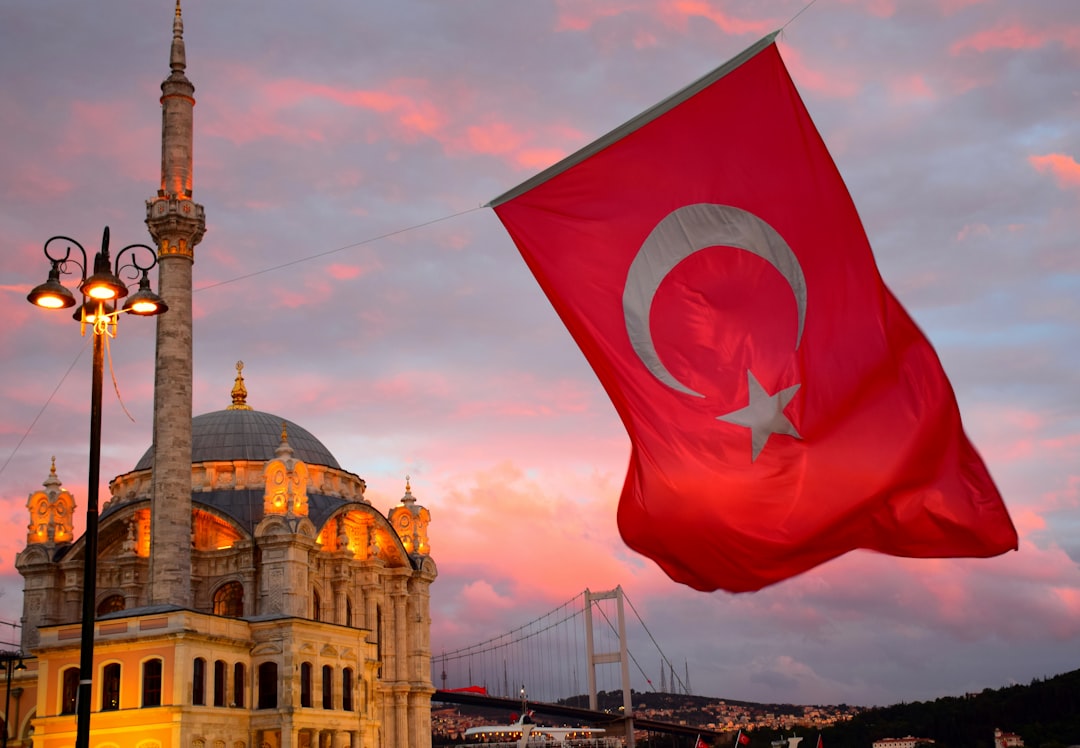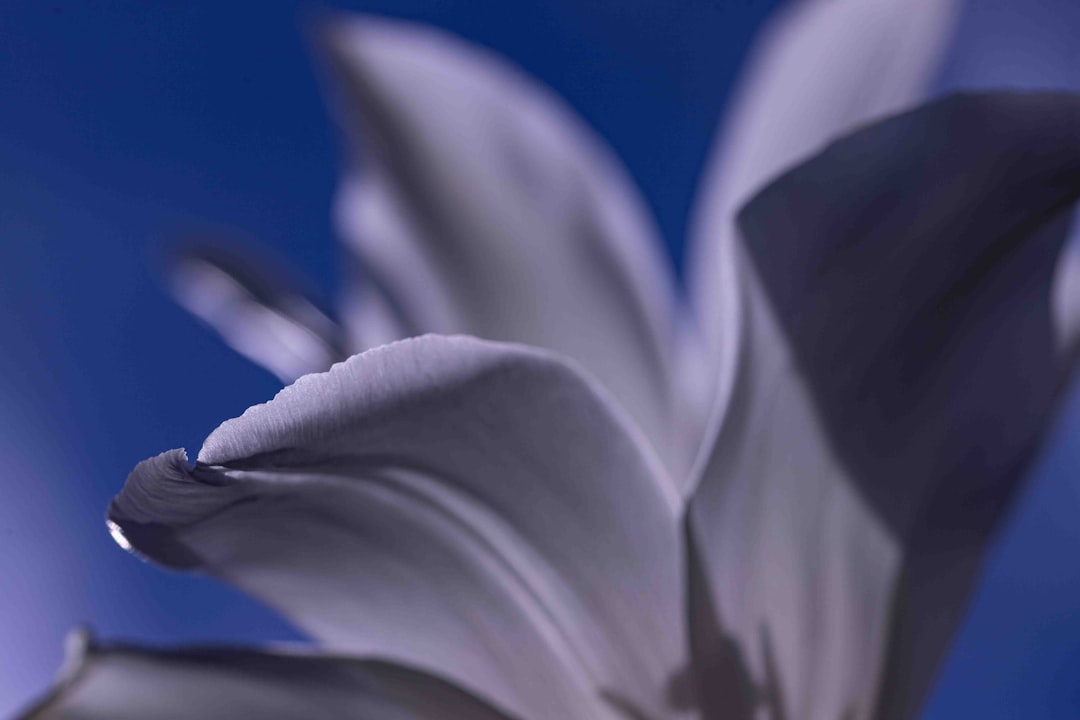The Birthplace of Persian Poetry: The Significance of the Samanid Era
Long before the grandeur of the Safavids or the mystic outpourings of Rūmī, a small Iranian dynasty in the heart of Central Asia ignited a brilliant literary flame. The Samanid era (819–999 CE) laid the cultural and linguistic foundations for what we now know as classical Persian poetry. Here’s how …
A Fruitful Encounter: The Interplay Between Early Arabic and Persian Poetics
When the pen meets the page, it carries not just ink but centuries of cultural exchange. In the medieval Islamic world, Arabic and Persian poets entered a dynamic dialogue—borrowing rhythms, forms, and imagery—that forged two of the planet’s richest literary traditions. This “fruitful encounter” reshaped the very idea of what …
Echoes of the Avesta? Tracing Pre-Islamic Heritage in Persian Epics
Long before the arrival of Islam, the lands of ancient Iran were shaped by the hymns and myths of Zoroaster’s followers, preserved in the sacred verses of the Avesta. When later poets wove their grand epics—above all, Ferdowsī’s Shāhnāmeh—they carried forward faint yet unmistakable traces of that pre-Islamic …
Erdogan’s Affinity for Persian Literature: A Legacy of Turkic Patronage from Samanid to Ottoman Courts
Recep Tayyip Erdogan’s public admiration for Persian literary giants like Jalaladdin Rumi and his recitation of Azerbaijani nationalist poetry reflects a deep-seated tradition among Turkic rulers. This tradition, spanning over a millennium, reveals how Persian literature became a cornerstone of cultural and political identity for Turkic dynasties, from the Samanids …
From Memory to Manuscript: How Classical Persian Literature Was Preserved and Spread
Long before printing presses and digital archives, the great poems and stories of Persia journeyed from living memory to the pages of illuminated manuscripts—thanks to a dynamic interplay of orality, calligraphy, patronage, and devotion. Here’s how that remarkable transmission unfolded, ensuring that works from the Shāhnāmeh to the ghazals of …
The Power of Patronage: How Kings and Courts Shaped Persian Literature
Long before publishing houses and global media, Persian poets and scholars looked to royal courts for support, sustenance, and status. Patronage wasn’t mere largesse—it guided the very shape of Persian letters, nurturing genres, influencing themes, and forging the great anthologies and epics that still captivate us today.
1. Why Patronage …
Why So Ornate? Understanding the Aesthetics of Classical Persian Style
In the gilded courts and candlelit libraries of medieval Persia, writers and artists cultivated a style both lush and elaborate. From the swaying couplets of ghazals to the filigreed borders of illuminated manuscripts, “ornament” was not mere decoration—it was central to how meaning, emotion, and social identity were communicated. In …
Mastering Ambiguity (Ihām): The Subtle Genius of Hafez
“One word can be the veil or the unveiling.”
In Persian poetry, ihām—“ambiguity” or “double-entendre”—is an art form in its own right. Few masters wield this tool more deftly than Khwāja Shams al-Dīn Ḥāfiẓ (1325–1390). Through carefully chosen words and layered imagery, Hafez invites readers into a dance of …








